The first step I took into the Acropolis Museum in Athens sent a thrill through me. Standing face-to-face with the Caryatids—a set of ancient statues that once held up the porch of the Erechtheion temple—was truly unforgettable.
I’d seen plenty of photos of these famous figures, but honestly, seeing their graceful forms and intricate carvings in person just hits different.
As I wandered through the open, sunlit galleries, I noticed how the museum’s design lets you view the Caryatids from every angle—even above and below.
Their presence fills the space with awe, a real reminder of the artistic skill and architectural brilliance of ancient Greece.

If you’re into art, architecture, or the history of Athens, moments like these make the Acropolis Museum a must-see.
Encountering the Caryatids: My First Glimpse
Nothing really prepared me for seeing the Caryatids at last.
These stone figures, once tucked away on the Acropolis, now stand at the heart of the museum, drawing visitors from all over.
Their presence made me realize just how powerful art and history can be.
The Acropolis Museum Experience
Arriving in the morning gave the whole place a calm, expectant vibe.
Light streamed through huge windows, bouncing off marble floors and drawing my eyes upward.
Each turn through the galleries built up anticipation.
Ancient Athens’ topography sprawled beneath my feet in glass displays, which felt surreal.
Curators designed the museum’s pathways so you approach the Caryatids with intention, not in a rush.
Signage and displays offer context, but nothing really distracts from the excitement of seeing the statues themselves.
Timelines and artifact displays make the Acropolis’ long history easier to follow.
Even when crowds build up, the space never feels too packed.
I took my time and let the story unfold, getting ready for that first real encounter.
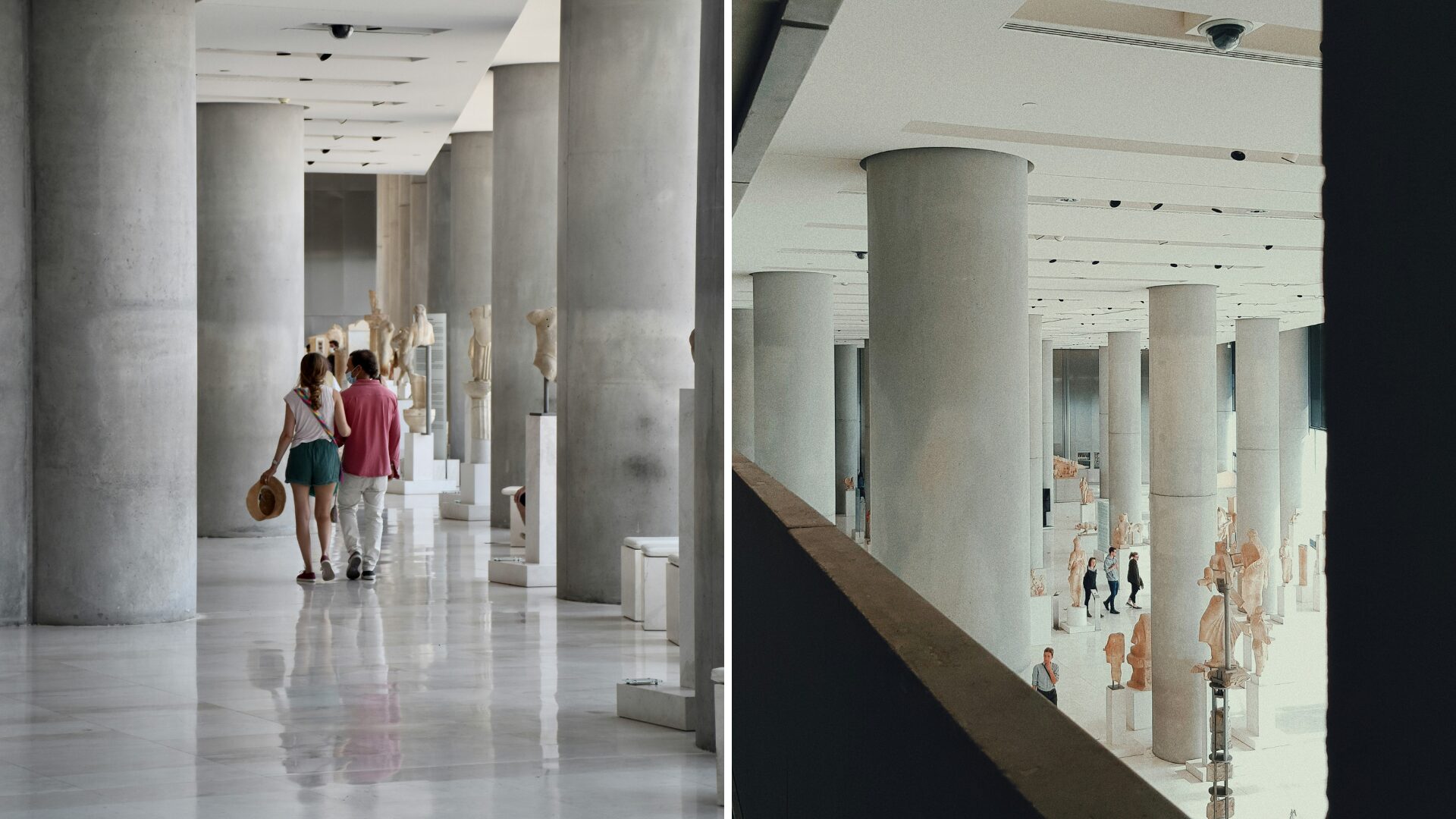
A Moment of Pure Awe
When I finally walked into the gallery, the Caryatids stood taller than I expected.
Their carved hair and stone drapery seemed to ripple, almost as if caught by a sudden breeze or flash of lightning.
I stood there in silence, surrounded by others who seemed to feel the same awe.
Time seemed to slow down.
Suddenly, the hassle of travel and early mornings faded away.
Footsteps grew quiet, replaced by a deep appreciation for what these figures have supported for centuries.
It felt like the Caryatids held up not just ancient stone, but generations of memory and tradition.
Their patient expressions seemed to invite questions.
Their steady forms reminded me how powerful human creativity can be.
Up Close With Ancient Beauty
The museum’s layout lets you see the Caryatids from all sorts of angles.
From the balcony and even from downstairs, you can get surprisingly close.
These figures are taller than most people.
The fine details in their folds and jewelry blew me away from just a few feet away.
Standing there, I noticed delicate tool marks and the sculptors’ careful precision.
One Caryatid is missing, now in the British Museum, and a modern replica fills the gap.
That empty space is a pretty stark reminder of the statues’ long journey.
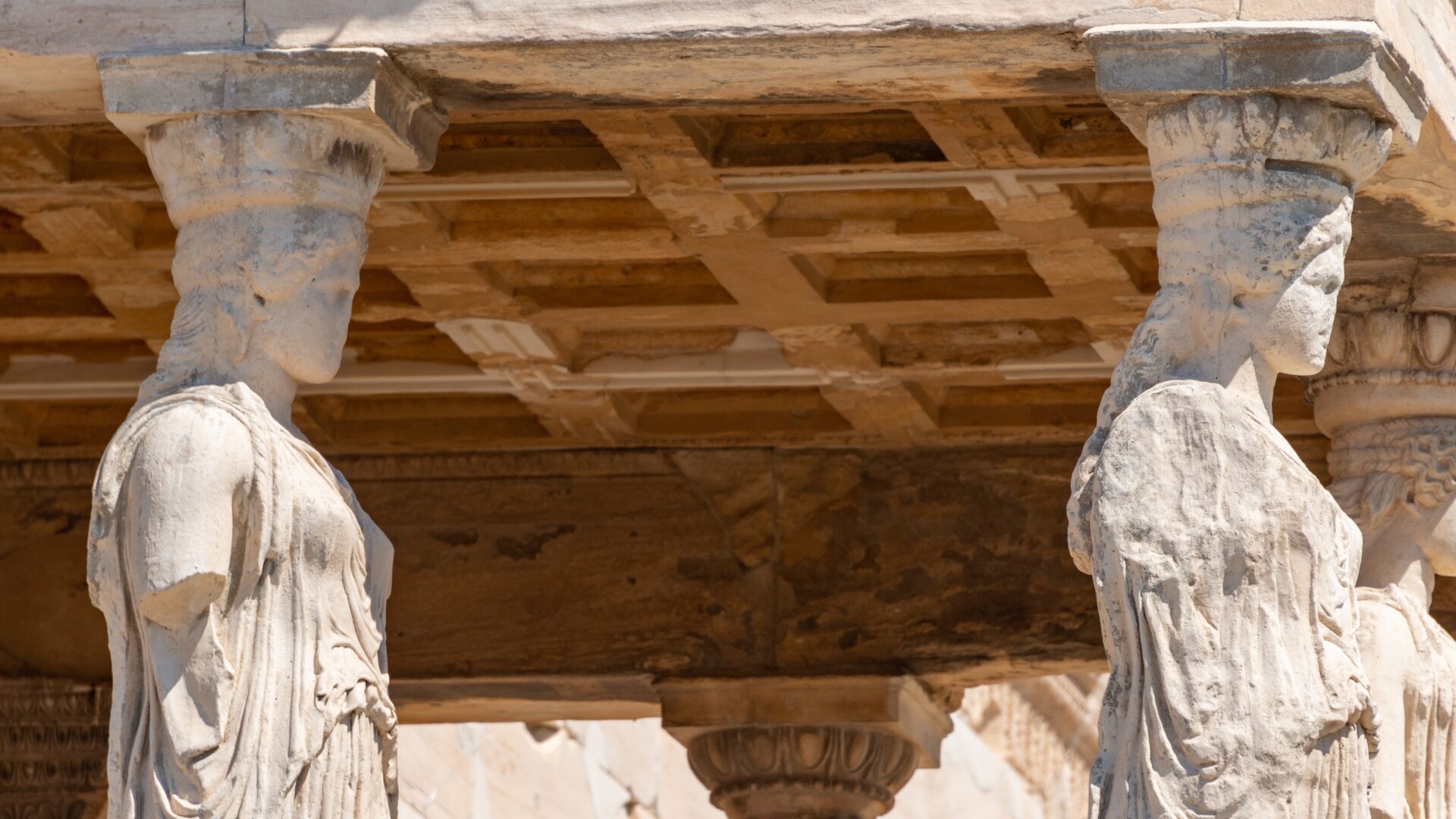
Travel tip: Visit on a weekday morning for fewer crowds and the best light streaming through the gallery windows.
If you linger, you might even catch a quiet moment with history, with just the Caryatids for company.
Watching sunlight trace those graceful lines of stone, I finally understood why people have been drawn to these statues for thousands of years.
The Historical and Artistic Significance of the Caryatids
Standing beneath the gaze of the Caryatids left a mark on me.
Their history, meaning, and artistry came alive as I learned more about their role in ancient Greek life, architecture, religion, and art.
Ancient Greek Architecture and Innovation
The Caryatids weren’t just statues; they served as architectural supports shaped like elegant women.
Instead of using plain columns, ancient Greek builders at the Erechtheion on the Acropolis chose these sculpted figures to hold up the temple’s south porch.
This design blended beauty with function.
Each Caryatid stands tall and graceful, but also bears the weight of marble above her.
The Greeks combined art and construction so seamlessly.
Visitors today can see their flowing robes, detailed braids, and calm faces, all showing off Greek sculpting techniques from around 420 BC.
Swapping out ordinary columns for these figures changed how temples looked and influenced architecture for centuries.
Roman architects picked up the idea, later copying and adapting the Caryatids for their own buildings.
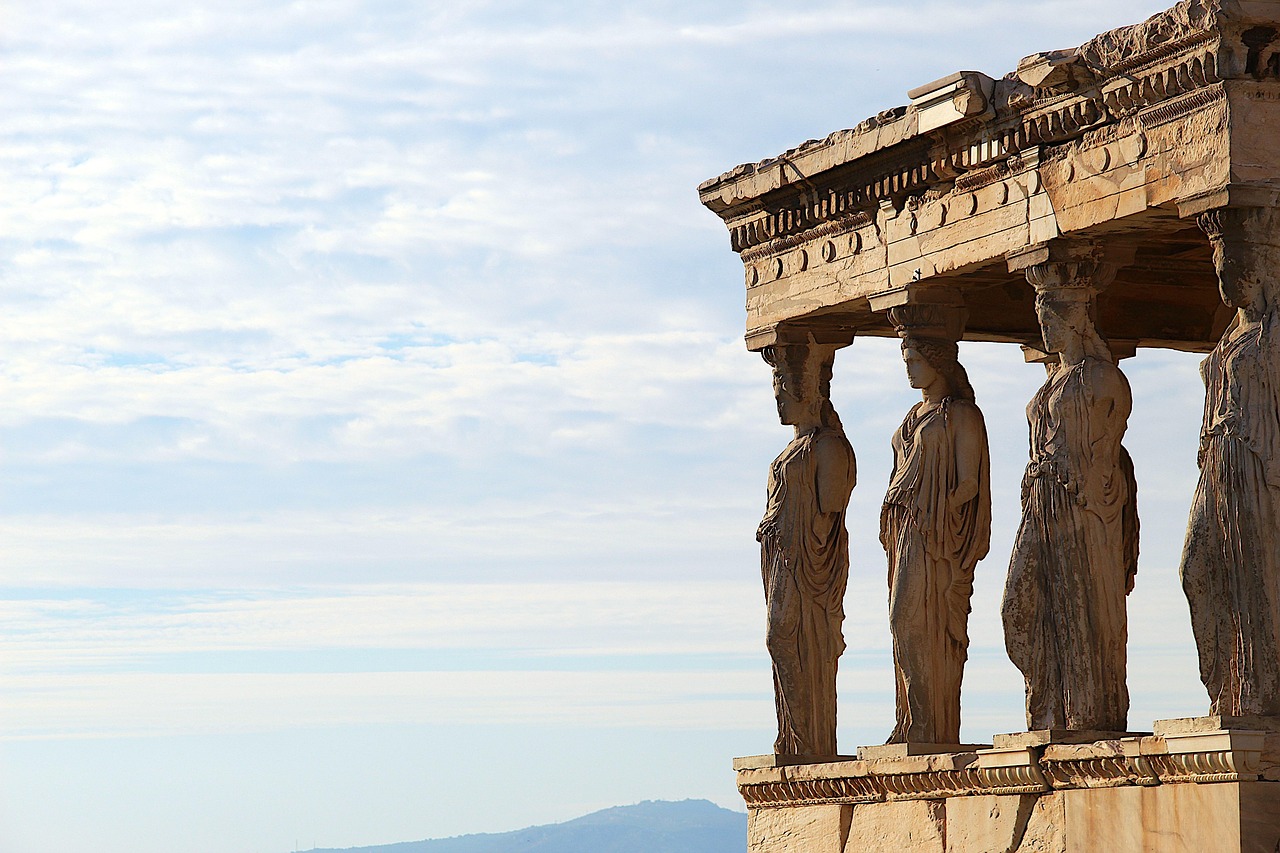
From Sacred Support to Works of Art
At first, Caryatids provided structural support, but their roles quickly changed.
They became admired sculptures and symbols of Athens’ culture.
To ancient Greeks, the Caryatids stood for more than structure—they became works of art at the heart of sacred places.
When I saw them at the museum, I noticed how their bodies were both strong and graceful.
Every detail seemed to celebrate femininity, while reminding me of the gods worshipped here.
Their spot on temples like the Erechtheion, which honored both Athena and Poseidon, tied their beauty to religious tradition.
The care that went into restoring and displaying them in the museum helps visitors appreciate the shift from practical support to artistic legacy.
Their display invites us to think about how art and religion blended in ancient temples.
Caryatids in Myth, Cult, and Daily Life
Stories about the Caryatids often connect them to important rituals and religious life.
Some legends claim they represent priestesses or women from Karyai, a town known for dances celebrating Artemis.
They might have played a role in real-life festivals like Thesmophoria, which honored Demeter and promoted good harvests.
These figures helped bridge art, myth, and worship.
Learning about them revealed how closely sculpture, mystery cults, and rituals tied together in ancient Greek sanctuaries.
Caryatids may have been imagined as helpers to goddesses, reflecting the hopes and beliefs of those who walked past them long ago.
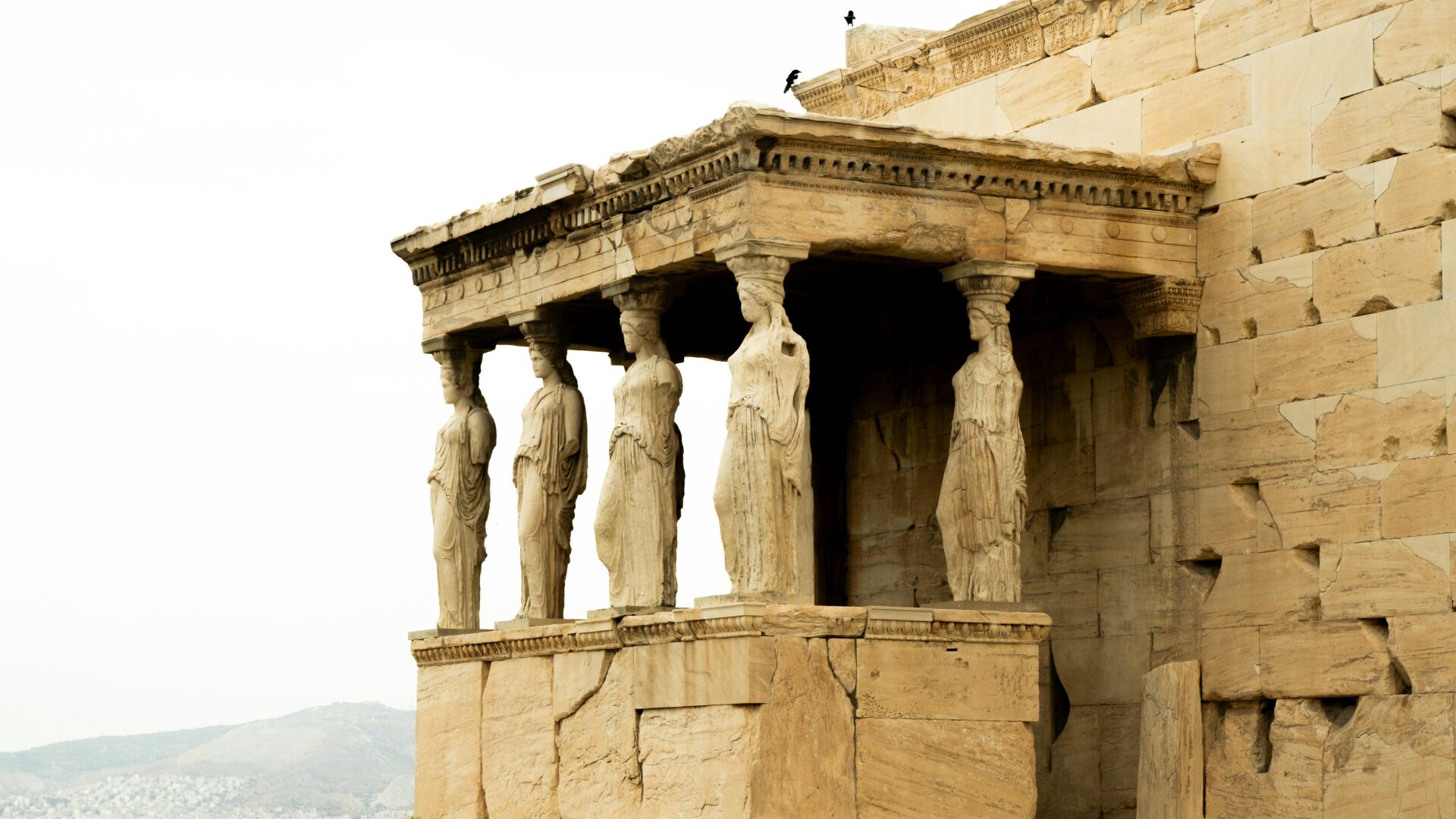
Even now, standing in the museum, their silent forms seem to echo ancient ceremonies and community life centered around the gods and the stories that shaped Greek culture.
Stories Encoded in Stone: Symbolism and Legends
Standing before the Caryatids, I felt layers of history and meaning unfold in their gaze and form.
The statues are more than beautiful columns—they’re wrapped in stories of goddesses, war, rituals, and secrets left unsaid.
Goddesses, Maidens, and Mythical Resonance
Legends often say the Caryatids aren’t just women—they’re symbols pointing to myths about Greek goddesses.
Athena, protector of Athens, comes to mind first.
Locals say her spirit still watches gently over the Acropolis and its maidens.
Some myths suggest the Caryatids link back to Demeter and her daughter Persephone, representing the cycle of seasons and the changing face of life.
In some stories, the Caryatids echo the purity of Artemis.
Others whisper connections to the Virgin Mary, hinting at a blend of pagan and later Christian symbolism in Athens.
Looking up at their intricate braids and flowing robes, I remember how people have seen these statues as protectors, embodying both innocence and wisdom.
It almost feels like each statue carries a piece of a much bigger story, one I came to Athens hoping to touch.
Tales of War, Peace, and Divine Support
I found out at the museum that the Erechtheion, where the Caryatids once stood, was a place marked by both war and peace.
The statues have often been seen as silent supporters, literally holding up the temple but also symbolizing the strength of Athenian women during tough times.
Some say the Caryatids mourn fallen heroes; others think they celebrate victory and peace.
Their stance looks calm, but there’s a sense of duty in how they stand—life and death never feel far apart.
They remind visitors of battles, but also hope and endurance.
Their presence is a reminder that both violence and support shaped Athens.
It struck me how these stone maidens balance the heavy weight of history with style and grace.
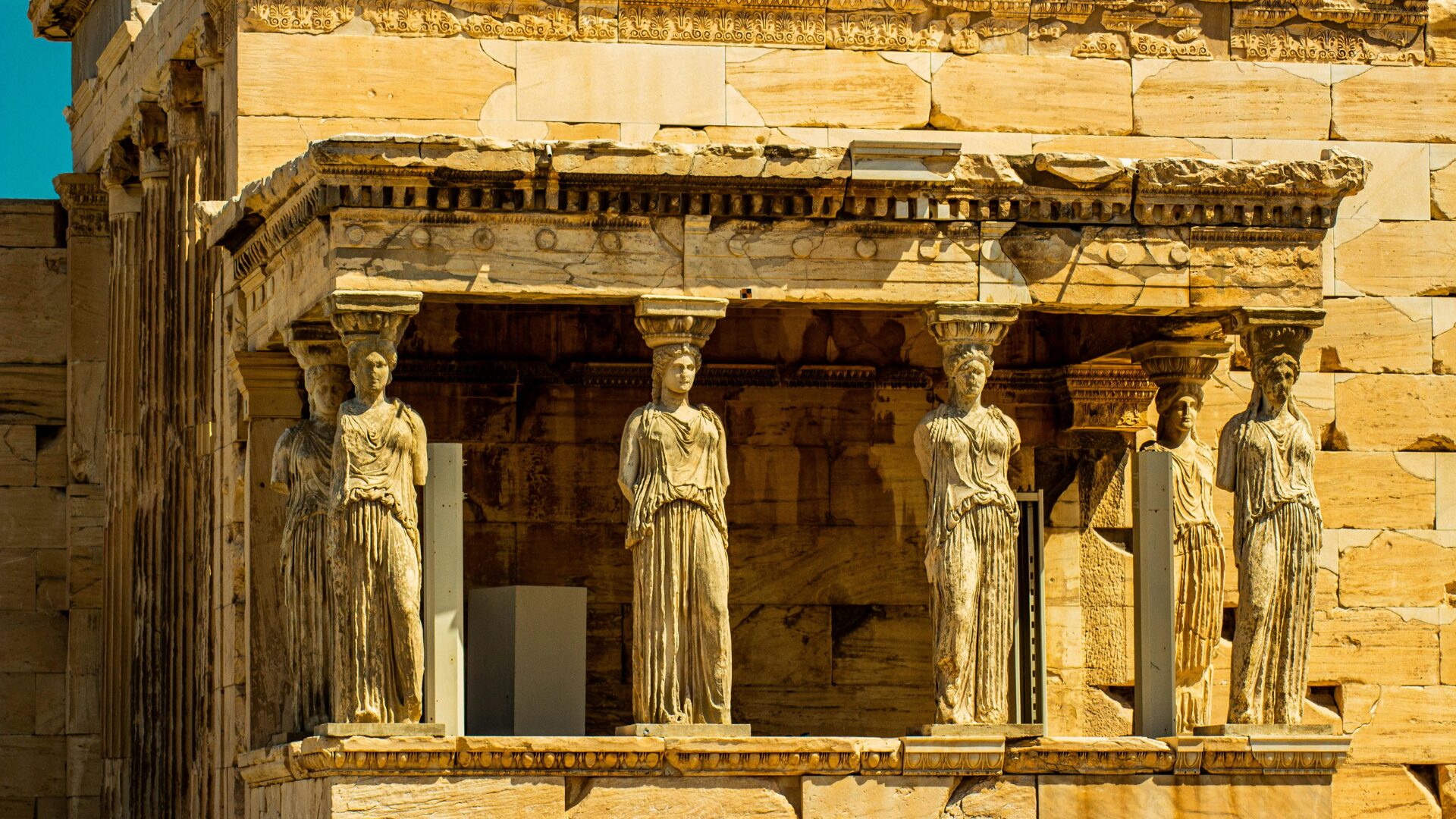
Inscriptions and Hidden Meanings
Not every story here is out in the open.
Some of the most intriguing details are hidden or lost.
Historians have found traces of ancient inscriptions and symbols on the Erechtheion, though most are now faint or missing.
There’s been talk that the Caryatids were connected to mystery cults, especially those linked to Demeter and secret rituals about life and rebirth.
Some scholars look for forgotten messages in the folds of their robes or the patterns on their bases, reading the Caryatids as living archives.
As I peered closer, I thought I saw traces of paint—clues left for curious eyes.
The air in the gallery felt thick with questions, pushing every visitor to wonder what else these silent maidens have seen and still keep hidden.
The Caryatids Through Time: Preservation and Discovery
Standing before the Caryatids inside the Acropolis Museum, I couldn’t help but think about their long journey.
Their marble faces hold more than beauty—they tell stories of Roman intrigue, sudden absences, and patient acts of conservation.
Roman Influence and Imperial Fascination
As I learned more about the Caryatids, it became clear how much Roman emperors admired Greek art.
Emperors like Augustus, Nero, and Hadrian looked to Athens for inspiration.
Hadrian especially loved Athens and visited the Acropolis during his reign.
Roman architects copied the Caryatid design for their own buildings, spreading the style across the empire.
Some emperors even tried to bring pieces of Greek art back to Rome.
Nero allegedly tried to remove treasures from the Acropolis, fascinated by these ancient sculptures.
The Caryatids survived this period, but Roman ambition and taste shaped their story.
Their forms showed up on imperial tombs and important buildings, which surprised me as I explored the museum’s displays.
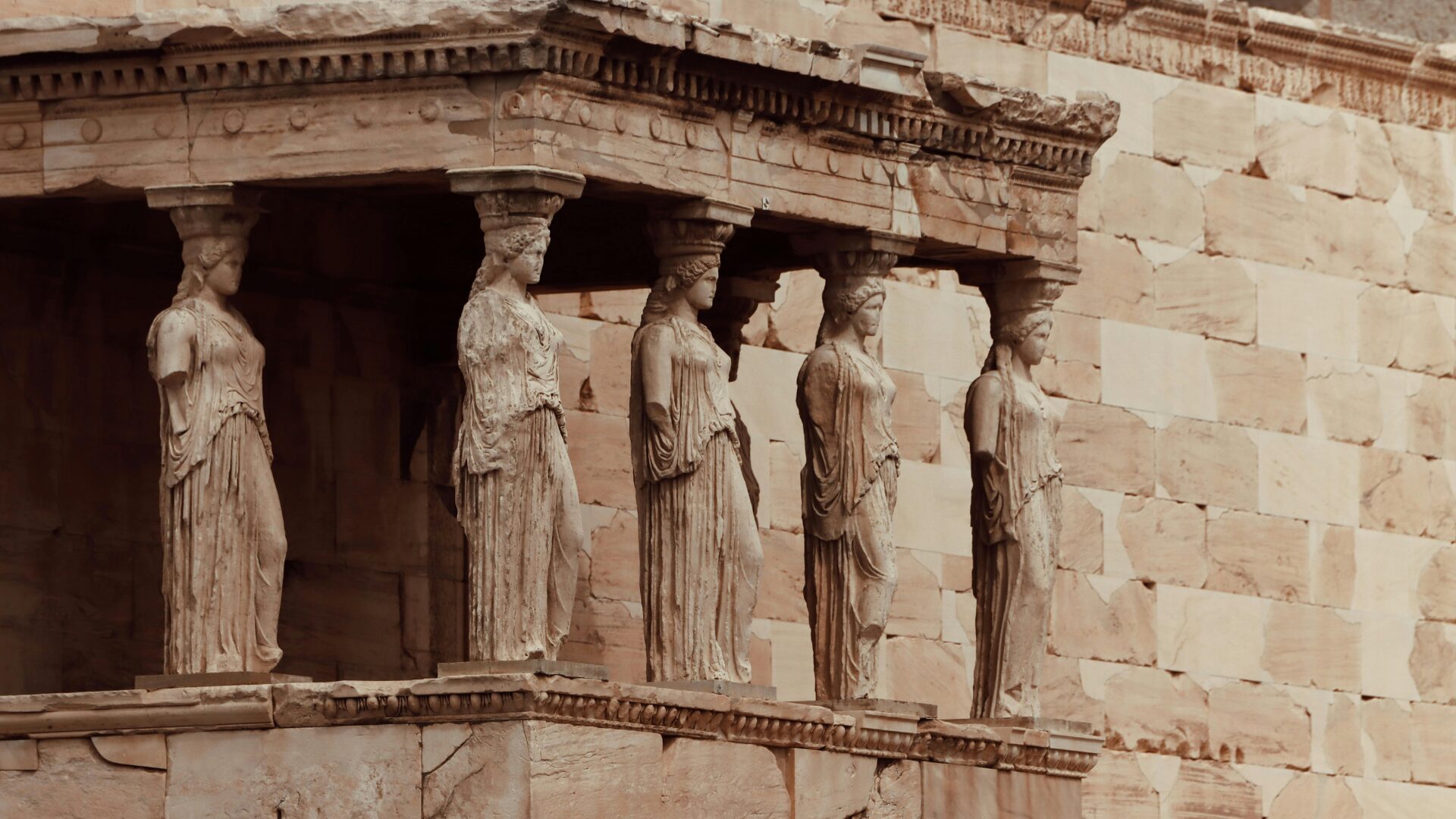
Rediscovery and Modern Conservation Efforts
During the nineteenth century, large-scale excavations revealed many secrets of the Acropolis.
Engineers and archaeologists, working under tough conditions, uncovered temple fragments and worked hard to document and protect the Caryatids.
Athens had changed a lot since their creation in the Classical Period.
Modern conservation really took off once the Caryatids moved into the Acropolis Museum.
Curators used advanced techniques to clean and stabilize the marbles, undoing damage from earlier restoration attempts.
Air pollution and old repairs had hurt the statues, but patient, careful cleaning brought back much of their beauty.
Walking through the museum today, I could see the care and science that go into every detail.
Journeys and the Missing Sister
Five Caryatids stand together in the Acropolis Museum, but the sixth is missing.
This “missing sister” is part of the group known in England as the Elgin Marbles.
In the early 19th century, Lord Elgin removed one Caryatid and shipped her to the British Museum in London.
I’ve visited both museums and noticed the empty space left behind in Athens.
This journey has sparked plenty of controversy.
Some argue for her return; others say she’s safe in London.
The Caryatids’ travels—from ancient temples to modern galleries—remind me that great art is shaped not just by its makers, but by its keepers.
When I stood before the reunited sisters in Athens, the absence of the sixth echoed just as strongly as the presence of the five.
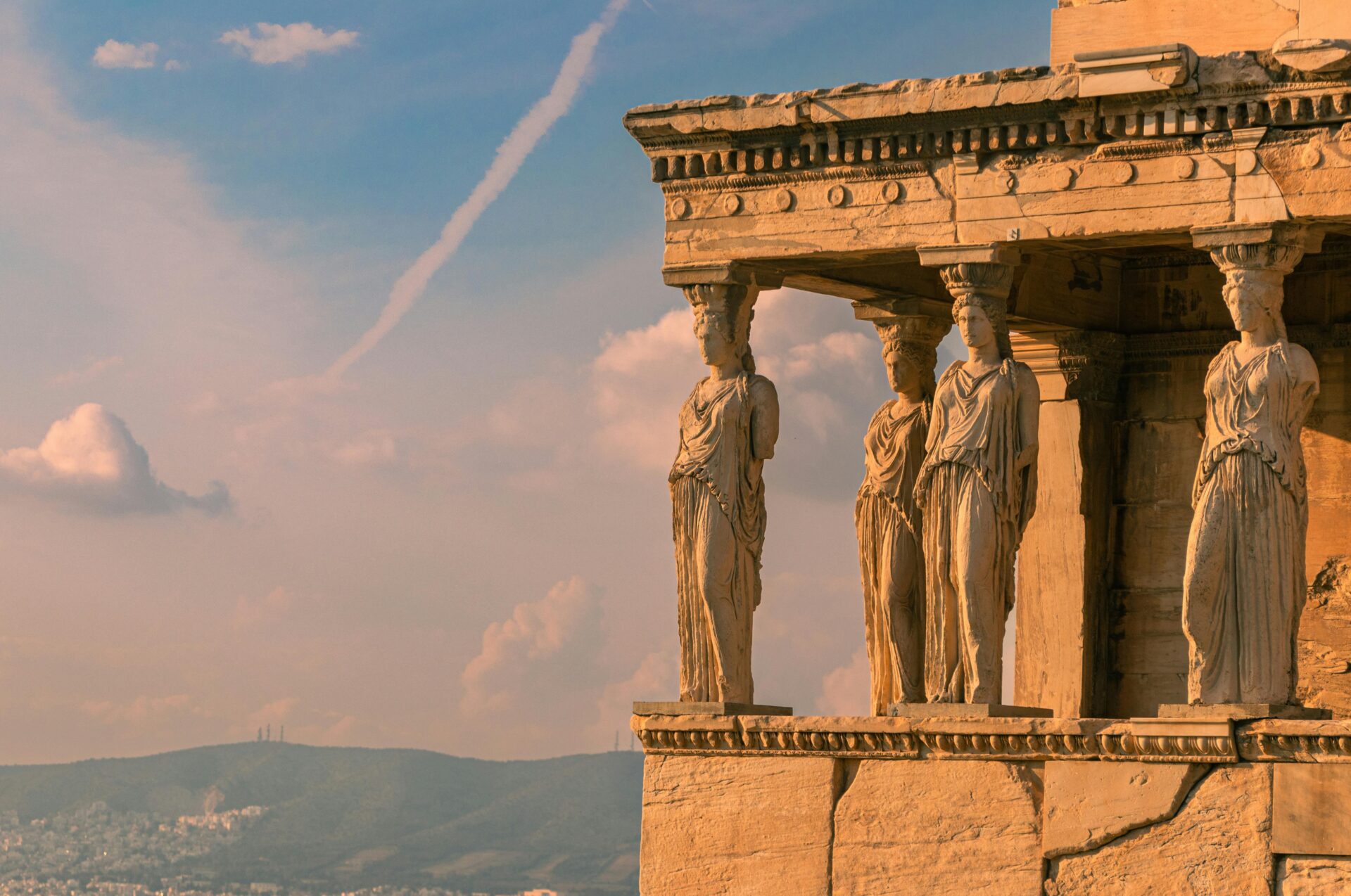
Travel Tips for an Unforgettable Caryatids Visit
Getting a close look at the Caryatids in the Acropolis Museum was a travel moment I won’t forget.
With the museum’s clever design, you can appreciate these statues from different angles and at your own pace, but knowing when and how to visit makes a huge difference.
Best Time to Visit the Acropolis Museum
I’ve tried visiting at different times of day, and honestly, mornings right after the museum opens feel like the sweet spot for avoiding crowds. The Acropolis Museum usually opens at 8:00 AM, but the hours sometimes change with the season—definitely check the official website for the latest.
When I get there early, I can actually enjoy the Caryatids before the big tour groups or school kids show up. There’s something about the morning sunlight in the gallery that just makes the marble and all those ancient carvings pop.
If you’re coming to Athens during the summer, arriving early also means the walk from the Acropolis to the museum isn’t so hot or packed with people. I really appreciate that.
Weekdays feel calmer. On weekends or holidays, you’ll probably run into more visitors.
Catching the view of Athens through the museum’s glass walls before noon is a treat—the city’s just starting to wake up, and it’s a vibe.
Making the Most of Your Experience
When I want to get the most out of my visit, I always start with the Caryatids on the first floor. These statues once held up part of the Erechtheion temple on the Acropolis, and honestly, seeing them up close from three sides feels a bit surreal.
I like to take my time reading the placards, and sometimes I get lost in the curator notes about their architecture and history. There’s just something fascinating about how much story each piece holds.
I usually bring a small notebook for sketching or scribbling quick thoughts. It keeps me focused, and I find I remember more that way.
Photography’s allowed as long as you skip the flash, so I try to snap my favorite angles—though sometimes I get too caught up in the moment and forget.
If you want to dig deeper, booking a guided tour is a solid idea. The guides really bring the Caryatids to life, connecting them to Athens’ ancient culture and the museum’s modern vibe.

I usually leave myself a bit of time to wander the nearby exhibits. It’s cool to see how the statues link up with other Acropolis artifacts.
Buying tickets online ahead of time saves me hassle—no one likes waiting in line. The museum café has this chill spot with a view of the Acropolis; it’s perfect for a break after all that exploring.
When I step outside, I can’t help but soak in more of the city’s wild topography and architecture. There’s always something new to catch my eye before I set off for whatever’s next in Athens.

